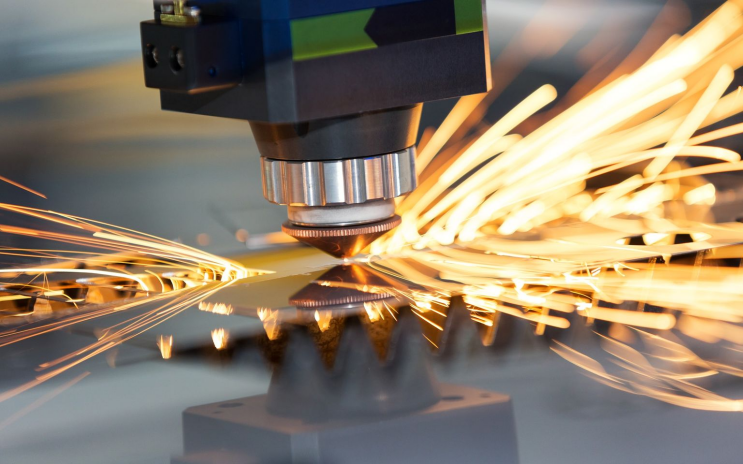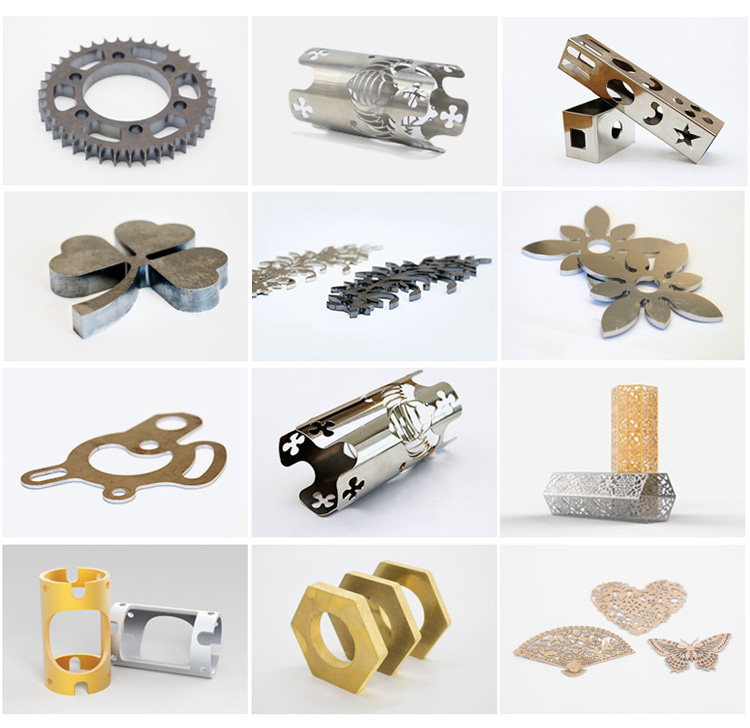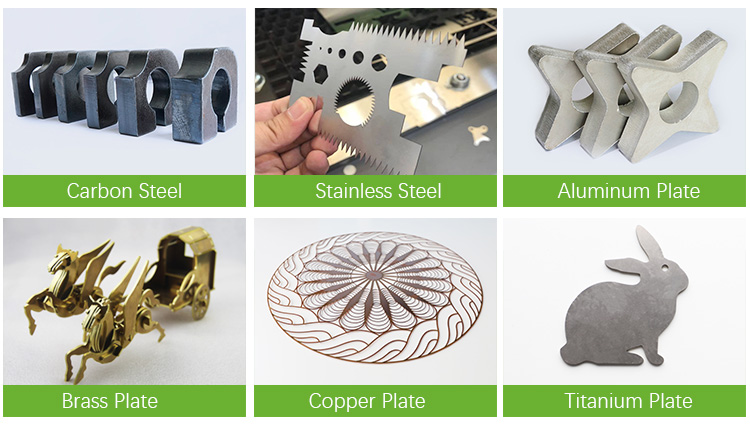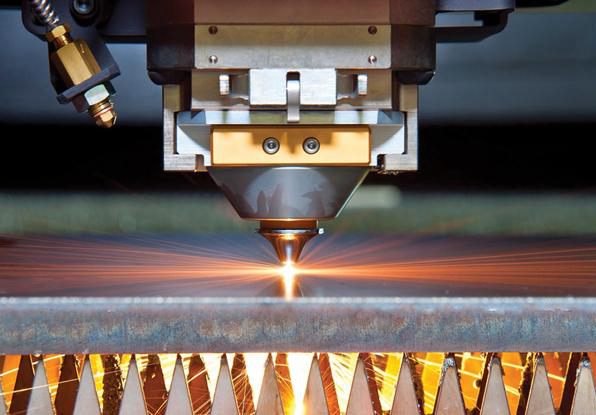Laser Knowledge
Laser Cutting Brass, Aluminum, and Stainless Steel: Comprehensive Guide
Laser cutting is a versatile and precise method for cutting various metals, including brass, aluminum, and stainless steel. This technology is widely used in industries such as automotive, aerospace, and manufacturing due to its ability to produce intricate designs and high-quality cuts. In this comprehensive guide, we will explore the process of laser cutting these metals, the equipment required, and the benefits and challenges associated with each material.

What is Laser Cutting?
Laser cutting is a process that uses a high-powered laser beam to cut, engrave, or etch materials. The laser beam is directed through a nozzle and focused onto the material, where it melts, burns, or vaporizes the material, resulting in a precise cut. This method is known for its accuracy, speed, and ability to cut complex shapes.
Laser Cutting Brass
Properties of Brass
Brass is an alloy of copper and zinc, known for its malleability, corrosion resistance, and attractive appearance. It is commonly used in decorative items, musical instruments, and plumbing fixtures.

Laser Cutting Process for Brass
Laser cutting brass requires careful control of laser parameters to achieve clean cuts without damaging the material. Key considerations include:
- Laser Type: Fiber lasers are typically used for cutting brass due to their high efficiency and precision.
- Power Settings: Adjust the power settings to avoid excessive heat, which can cause warping or discoloration.
- Assist Gas: Using nitrogen or air as an assist gas helps to prevent oxidation and achieve a clean cut.
Benefits of Laser Cutting Brass
- Precision: Achieve intricate and detailed cuts with high accuracy.
- Speed: Faster cutting speeds compared to traditional methods.
- Clean Edges: Minimal burring and clean edges reduce the need for post-processing.
Challenges of Laser Cutting Brass
- Reflectivity: Brass is highly reflective, which can cause issues with laser absorption. Using a fiber laser helps to mitigate this problem.
- Heat Sensitivity: Excessive heat can cause warping or discoloration, so careful control of laser settings is essential.
Laser Cutting Brass
Properties of Brass
Brass is an alloy of copper and zinc, known for its malleability, corrosion resistance, and attractive appearance. It is commonly used in decorative items, musical instruments, and plumbing fixtures.
Laser Cutting Process for Brass
Laser cutting brass requires careful control of laser parameters to achieve clean cuts without damaging the material. Key considerations include:
- Laser Type: Fiber lasers are typically used for cutting brass due to their high efficiency and precision.
- Power Settings: Adjust the power settings to avoid excessive heat, which can cause warping or discoloration.
- Assist Gas: Using nitrogen or air as an assist gas helps to prevent oxidation and achieve a clean cut.
Benefits of Laser Cutting Brass
- Precision: Achieve intricate and detailed cuts with high accuracy.
- Speed: Faster cutting speeds compared to traditional methods.
- Clean Edges: Minimal burring and clean edges reduce the need for post-processing.
Challenges of Laser Cutting Brass
- Reflectivity: Brass is highly reflective, which can cause issues with laser absorption. Using a fiber laser helps to mitigate this problem.
- Heat Sensitivity: Excessive heat can cause warping or discoloration, so careful control of laser settings is essential.

Laser Cutting Stainless Steel
Properties of Stainless Steel
Stainless steel is an alloy known for its strength, corrosion resistance, and aesthetic appeal. It is commonly used in industries such as medical, food processing, and construction.
Laser Cutting Process for Stainless Steel
Laser cutting stainless steel involves several key considerations:
- Laser Type: Fiber lasers and CO2 lasers are commonly used for cutting stainless steel.
- Power Settings: Adjust the power settings based on the thickness and grade of stainless steel.
- Assist Gas: Using nitrogen or oxygen as an assist gas helps to achieve clean cuts and prevent oxidation.
Benefits of Laser Cutting Stainless Steel
- Precision: High accuracy and ability to cut detailed designs.
- Clean Edges: Minimal burring and clean edges reduce the need for post-processing.
- Versatility: Suitable for cutting various thicknesses and grades of stainless steel.
Challenges of Laser Cutting Stainless Steel
- Heat Affected Zone (HAZ): Excessive heat can cause discoloration or changes in material properties. Proper control of laser settings is essential.
- Cost: Stainless steel is more expensive than other metals, so minimizing material wastage is important.

Laser Cutting Aluminum
Properties of Aluminum
Aluminum is a lightweight, durable, and corrosion-resistant metal widely used in industries such as aerospace, automotive, and construction. Its high thermal conductivity and reflectivity present unique challenges for laser cutting.
Laser Cutting Process for Aluminum
Laser cutting aluminum requires specific techniques to achieve optimal results:
- Laser Type: Fiber lasers are preferred for cutting aluminum due to their ability to handle reflective materials.
- Power Settings: Higher power settings may be required to cut through thicker aluminum sheets.
- Assist Gas: Using nitrogen or oxygen as an assist gas helps to achieve clean cuts and prevent oxidation.
Benefits of Laser Cutting Aluminum
- Precision: High accuracy and ability to cut complex shapes.
- Speed: Efficient cutting speeds for increased productivity.
- Versatility: Suitable for cutting various thicknesses and grades of aluminum.
Challenges of Laser Cutting Aluminum
- Reflectivity: Aluminum’s reflectivity can cause issues with laser absorption. Fiber lasers are effective in addressing this challenge.
- Thermal Conductivity: Aluminum’s high thermal conductivity can lead to heat dissipation, requiring higher laser power for effective cutting.

IGOLDEN BLOG
Thank you for visiting the iGOLDENCNC website. iGOLDENCNC is the professional supplier of CNC machinery application solution, within the business of producing and selling CNC machinery and accessories.